When it comes to affordable air travel in the United States, two names stand out in the airline market: Frontier Airlines vs Spirit Airlines. These carriers are also recognized as having ultra-low base fares. This makes travel more accessible to those who are willing to pay less and compromise on options. However, despite similar pricing, they differ in how they contribute to their passengers’ flying experience, including baggage policies, seating, and frequent flyer programs. So, which is actually going to cost you more money? And that is where it gets exciting.
Keep reading to deconstruct what you need to know: features, fees, and fine print. So that you can choose the budget airline that best suits your travel style.
Overview of Frontier Airlines
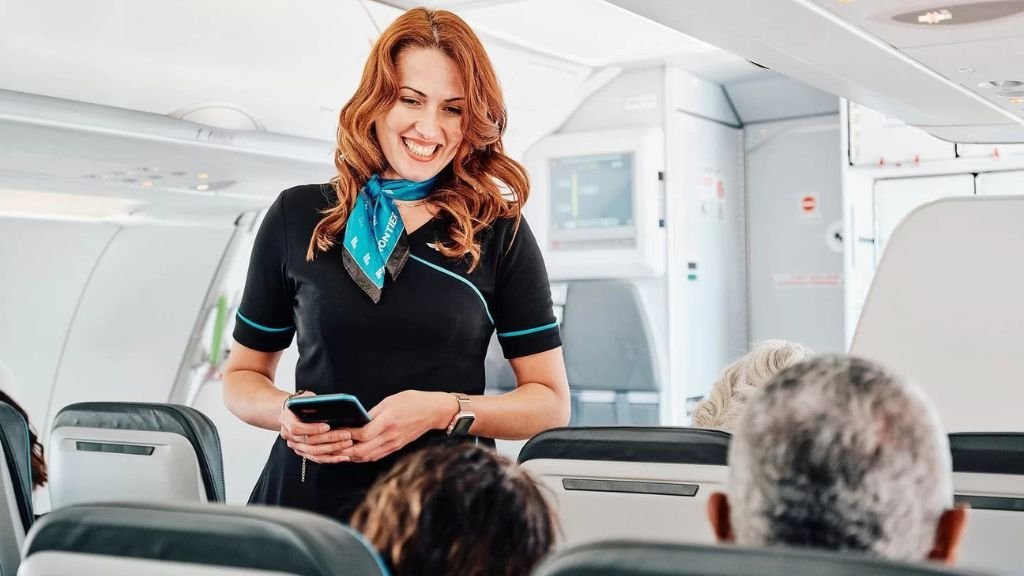
Frontier Airlines is a budget airline headquartered in Denver, which was founded in 1994. It has now become one of the biggest budget carriers in the United States. Frontier Airline operates more than 100 domestic and international destinations, with a fleet of 100 Airbus aircraft (primarily based in North America and the Caribbean).
Frontier has a reputation for being an environmentally-minded brand. They also actively advertise the use of fuel-efficient aircraft and carbon offset programs. It frequently positions itself as a low-fare, family-friendly carrier (and Discount Den promotions of Kids Fly Free, although on a limited basis to Discount Den members).
Customers usually state their experience as lean yet straightforward with Frontier. There are no reclining seats, and in-flight entertainment is not available. Additionally, any item larger than a personal item will incur an extra fee. However, for those who are willing to be flexible and find the best deal at the lowest possible price, from point A to point B, Frontier might be a cost-effective and safe alternative.
Overview of Spirit Airlines
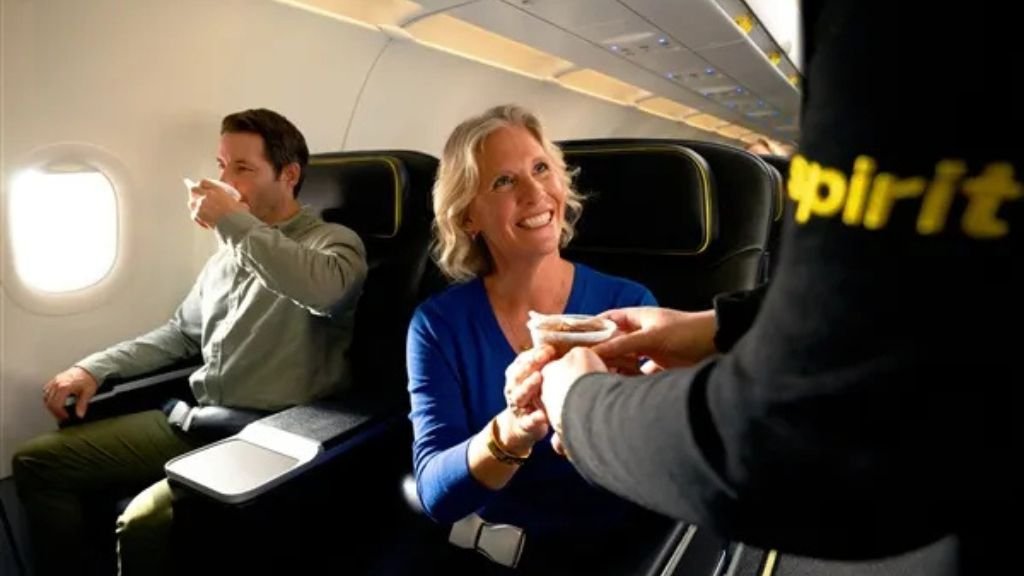
Spirit Airlines is a US airline based in Miramar, Florida, and has been operating since 1983. It is commonly known as one of the first pioneers of the ultra-low-cost model in the US. Spirit AIrlines operates more than 90 destinations throughout the US, the Caribbean, and Latin America, with a growing Airbus-only fleet.
The Spirit brand is centered on its Bare Fare model. The airline advertises ultra-low base fares and then implements an à la carte pricing model. In this, checked bags, seat selection, and even printed paper boarding passes are priced individually.
Spirit has invested in newer planes, added Wi-Fi options, and redesigned its Free Spirit reward system. With this, it aims to stay competitive over the years. Although it continues to receive mixed ratings regarding customer service and comfort, frequent flyers appreciate it for its predictability and transparency. When you have a clear idea of what you are paying, you usually get it.
Frontier vs Spirit Airlines: Baggage Regulation
Both Frontier Airlines and Spirit are ultra-low-cost carriers (ULCCs). Base prices are low, but most amenities are paid extras, such as baggage handling. There are, however, minor differences in their baggage guidelines.
Personal Item:
Both airlines permit one free personal item (such as a backpack or small purse) per traveler. But the item needs to fit under your front seat. Here are the dimensions for both airlines’ item allowance:
- Frontier’s limit: 14” x 18” x 8”
- Spirit’s limit: 18” x 14” x 8”
Carry-On Bag:
Neither airline includes carry-ons in their base fares. You will have to pay more, and the cost will vary depending on your route, time of booking, and whether you pay online or at the airport. But still, here’s the main difference:
- Frontier prices increase closer to your departure date.
- Spirit provides reduced rates when you book.
Checked Bag:
Likewise, checked bags have extra charges.
- Frontier Airlines offers a standard checked baggage allowance of 40 lbs free, with overweight charges applied thereafter.
- Spirit Airlines allows up to 50 lbs but charges extra for overweight and oversized bags.
Bottom Line: Spirit vs Frontier Airlines
Spirit can be more economical with carry-on fares when purchased early. In comparison, Frontier is more flexible in personal item sizes. In either situation, the best route to take is to plan and prepay online to avoid the high fees at the airport.
Ticket Prices & Fare Structures
Both Frontier and Spirit Airlines are low-cost carriers. That is, their base fares are typically some of the lowest in the United States. But the base ticket is merely a flight; any additional items, including seat choices and carry-on items, are extra. Spirit fares are likely to be initially cheaper than those of Frontier, particularly on short lines.
Nonetheless, Frontier also tends to offer seasonal promotions or discount club deals to be more competitive. Both airlines provide bundle packages (Spirit’s bundle and Frontier’s perks) that include bags, seats, and early boarding at a reduced price. The most valuable option is based on your travel needs. If you’re a light and flexible flyer, Spirit might be a more affordable option. If bundling (a combination of perks) is an enticing option, Frontier might save you more at the end of the day.
Seat Comfort and In-Flight Experience
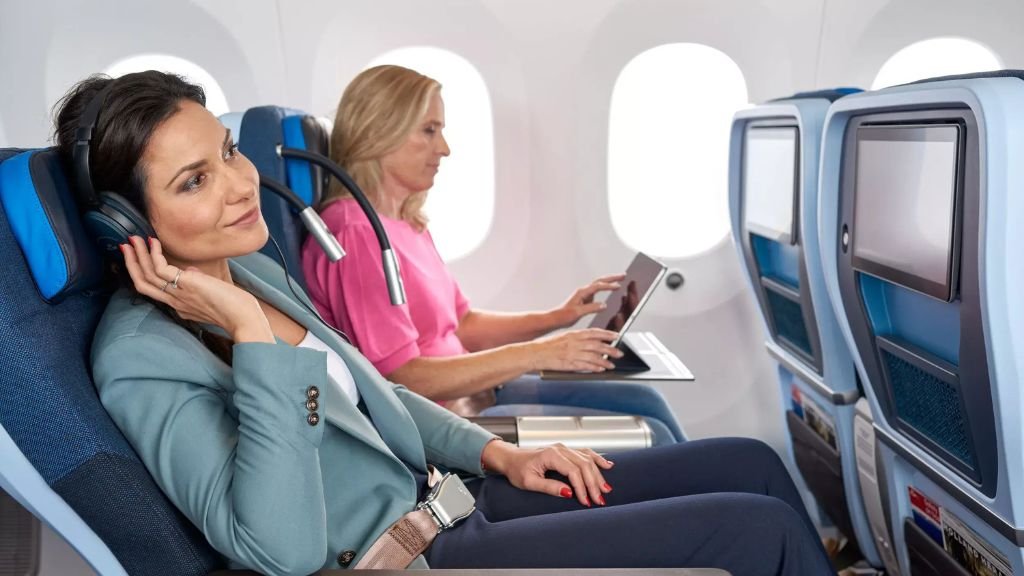
Both Spirit and Frontier have simple, slim-line seats that recline a little, but the legroom is very compact. The pitch of a Spirit seat is standard, at 28 inches, while Frontier offers a range of 28–31 inches, depending on the aircraft. Neither airline offers seatback entertainment or Wi-Fi. More so, the newer aircraft on Frontier are more spacious.
The passenger cabin seems a couple of notches less cramped, and also the flight feels a little smoother, according to some passengers. Spirit does have wider, more spacious seats, also called Big Front Seats. These options are available at an additional charge and can significantly enhance comfort. These improvements can be an option to explore for people who value space in their travels. Otherwise, the two airlines offer a no-frills experience, designed to get you to your destination at a lower price.
Customer Service & Reliability
Both the Frontier and Spirit can improve in terms of customer service. The complaints include wait times, long queues, insufficient airport staffing, and limited opportunities to reschedule flights. In recent years, Spirit has addressed its on-time performance, gaining higher scores than Frontier in several DOT reports. Nevertheless, smaller fleets and less elaborate networks also put both airlines at risk during the disruptions.
When it comes to in-flight crews, the experience can vary by route and crew, with some passengers commenting on the friendliness and others complaining about the indifference. Spirit shows slightly higher customer satisfaction scores, although the difference is not substantial. Generally, the two airlines are most suited for people who are more price-conscious than detail-oriented, and who prioritize customer satisfaction, and are willing to adapt in case of schedule changes.
Frontier Airlines vs Spirit Airlines: Who to Choose?
In the end, the questions remain: Which one to choose? Here’s the thing. The airline you choose depends on your personal requirements and preferences. Still, if you need an idea, here’s a summary of when to choose which airline.
Choose Frontier if you want a little more space, you want to package add-ons like bags or seat selection into one price, or you care about environmentally conscious practices. Travelers who can make advance reservations and fly frequently between the same destinations can find Frontier frequent sales or membership in Discount Den to be a good option. It can be a cheaper option in case you are okay with bringing your own snacks and entertainment.
Choose Spirit if you want the lowest possible base fare and travel lightly. Spirit offers a “Bare Fare” rate that suits individuals who travel with only a personal item and do not mind foregoing extras. Need a bit of comfort? The Big Front Seats can easily make a low-cost flight a surprisingly comfortable ride. Spirit is also more likely to perform well in on-time performance and coverage in the networks, particularly on the East Coast.
The greatest strength of both is that they are advantageous to flexible travellers, who are ready to experience a genuine no-frills flight experience.
Conclusion
Spirit Airlines vs Frontier Airlines: They both offer what they claim to be, but they’re not one-size-fits-all. The best option will depend on your priorities. Depending on their add-on charges, both carriers offer incredible value to travelers who know how to budget their flights. Just remember, these carriers are about efficiency, not luxury. As long as you can be flexible, pack lightly, and do not set your expectations too high, you will be able to appreciate it, and your wallet will be grateful, no matter which airline you are taking.
Frequently Asked Questions
Frontier Airlines is a solid choice for budget-consumer travelers, particularly those booking short-haul flights.
The pitch of a Spirit seat is standard, at 28 inches, while Frontier offers a range of 28–31 inches, depending on the aircraft.
Frontier and Spirit Airlines are ultra-low-cost carriers that operate with a leaner business model, focusing on efficiency and cost savings.
When examining the performance of both airlines over recent years, Spirit emerges as the more reliable option. But the best choice will depend on your priorities.
Frontier offers more legroom in standard economy seats than Spirit. However, both provide “stretch” or “Big Front” seats for an additional fee.

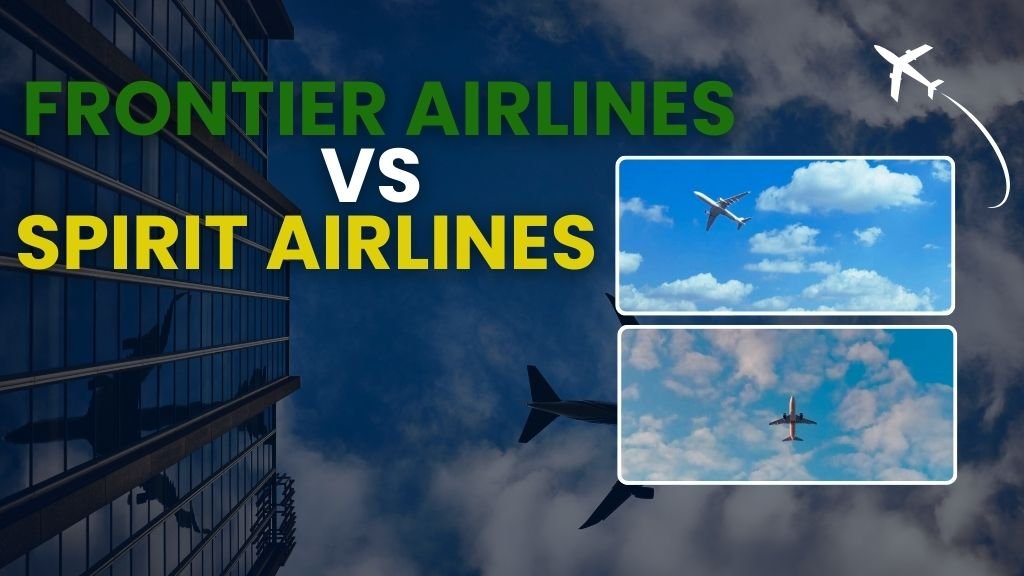
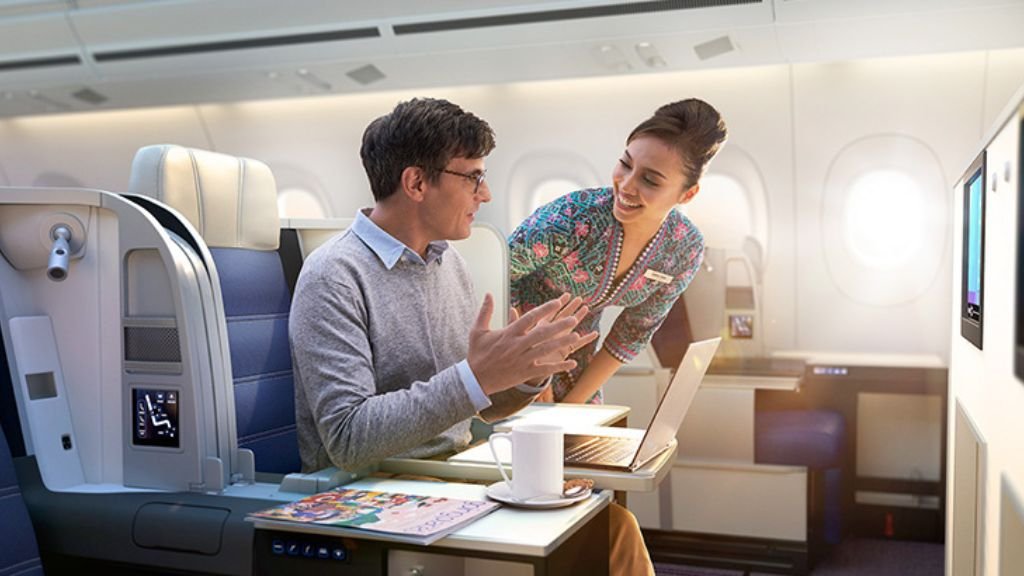


















Leave a Reply